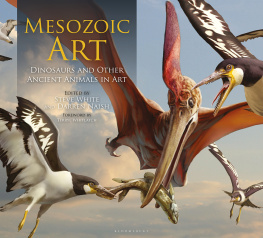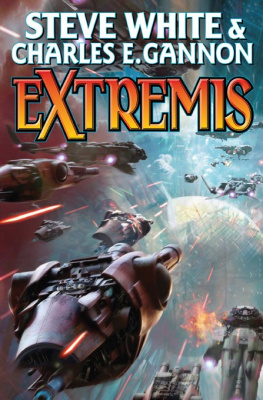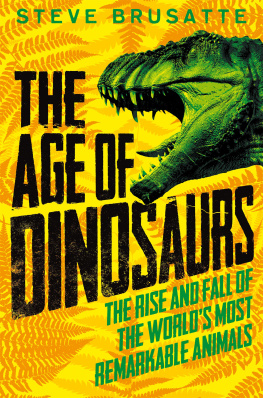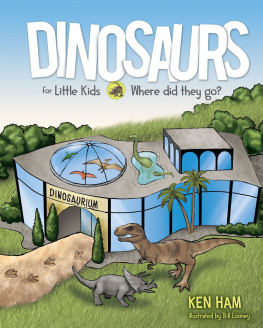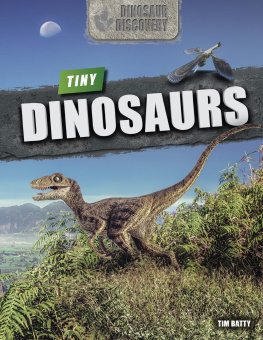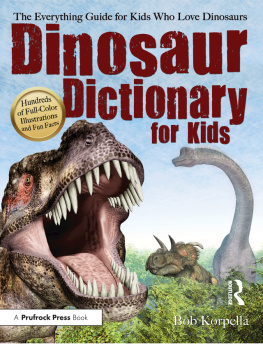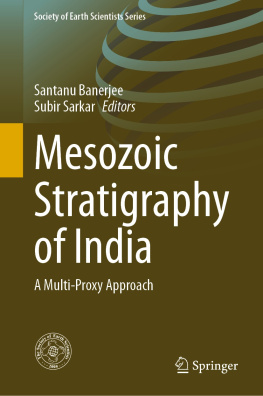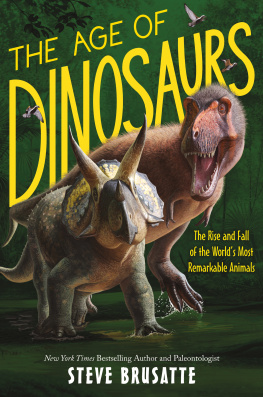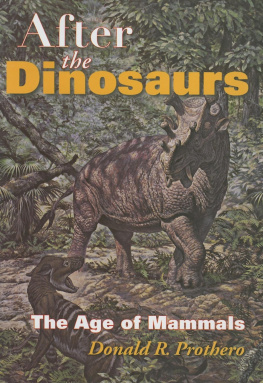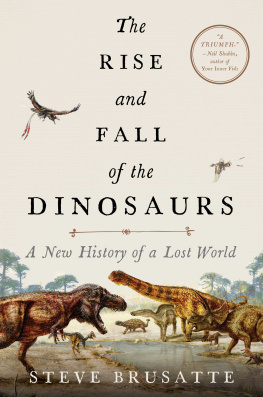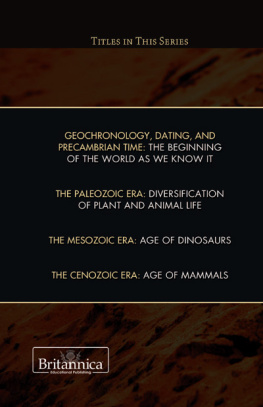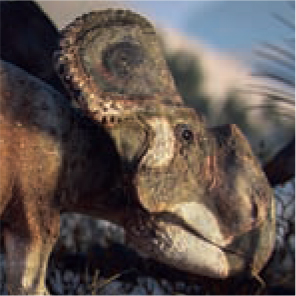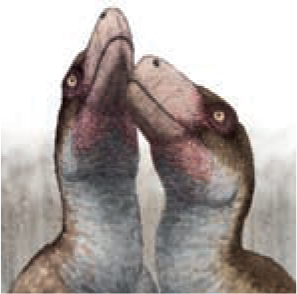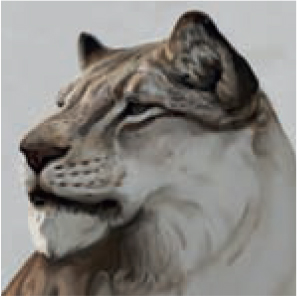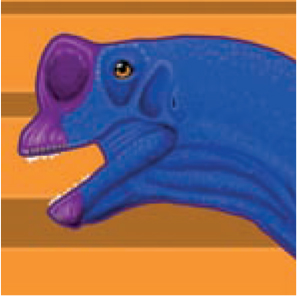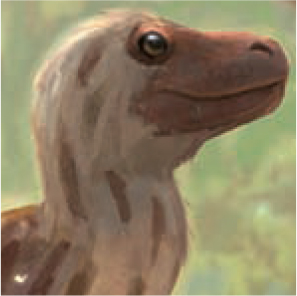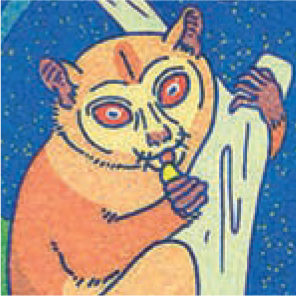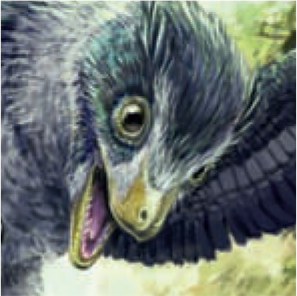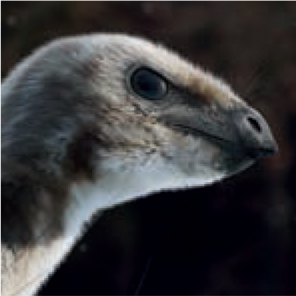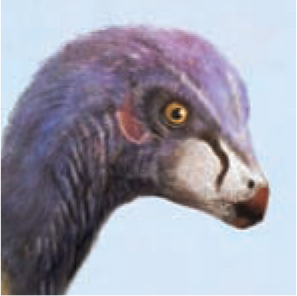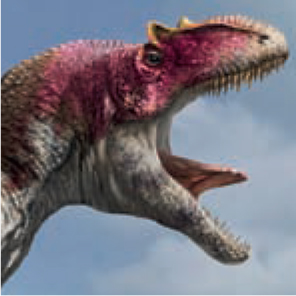
BLOOMSBURY WILDLIFE
Bloomsbury Publishing Plc
50 Bedford Square, London, WC1B 3DP, UK
29 Earlsfort Terrace, Dublin 2, Ireland
This electronic edition published in 2022 by Bloomsbury Publishing Plc
BLOOMSBURY, BLOOMSBURY WILDLIFE and the Diana logo are trademarks of Bloomsbury Publishing Plc
First published in the United Kingdom 2022
Text Copyright Steve White and Darren Naish 2022
Illustrations Copyright Brennan Stokkermans, Corbin Rainbolt, Danielle Dufault, Emiliano Troco, Gabriel Ugueto, Greer Stothers, Jaime Chirinos, Jed Taylor, Joanna Kobierska, John Conway, Joschua Knppe, Jlia dOliveira, Julio Lacerda, Lucas Attwell, Mark Witton, Midiaou Diallo, Pablo Rivera, Raven Amos, Stephanie Dziezyk, Ville Sinkkonen 2022
Steve White and Darren Naish have asserted their right under the Copyright, Design and Patents Act, 1988, to be identified as Authors of this work.
All rights reserved
You may not copy, distribute, transmit, reproduce or otherwise make available this publication (or any part of it) in any form, or by any means (including without limitation electronic, digital, optical, mechanical, photocopying, printing, recording or otherwise), without the prior written permission of the publisher. Any person who does any unauthorised act in relation to this publication may be liable to criminal prosecution and civil claims for damages.
A catalogue record for this book is available from the British Library.
Library of Congress Cataloguing-in-Publication data has been applied for.
ISBN: 978-1-3994-0136-4 (HB)
ISBN: 978-1-3994-0138-8 (eBook)
ISBN: 978-1-3994-0137-1 (ePDF)
Designed by Austin Taylor
To find out more about our authors and their books please visit www.bloomsbury.com where you will find extracts, author interviews and details of forthcoming events, and to be the first to hear about latest releases and special offers, sign up for our newsletters.

(Jacket, front cover)
ROBBERY
In a speculative scene from Late Cretaceous North America, a flock of Ichthyornis dispar harass the pterosaur Pteranodon sterbergi into dropping its catch a behaviour seen in many modern birds.
Jaime Chirinos, Digital | 2015
CONTENTS
BY TERRYL WHITLATCH
TERRYL WHITLATCH is an artist and author best known for her work designing the many creatures and alien species that appeared in Star Wars: The Phantom Menace, work that was gathered into a single acclaimed volume, The Wildlife of Star Wars. She has also produced several other highly regarded books on the anatomy of animals both living and extinct, and on the science of creature design; these include Animals Real and Imagined, Science of Creature Design: Understanding Animal Anatomy and Principles of Creature Design: Creating Imaginary Animals. Terryl also created, wrote and illustrated the animal fantasy story, The Katurran Odyssey.

WILDLIFE ILLUSTRATION. At its very best, its the attempt by human artists to look through the lens of the animals themselves, on their own terms, as they live their lives in nature. Indeed, there are those predatorprey relationships which cannot be denied, and which are crucial to the balance of life on Earth, but thats not all of it. To quote the prominent scientist Temple Grandin, Nature can be very cruel but we dont have to be; after procuring the subsistence necessary for life, nearly all species on Earth seek a peaceful existence, with man being the exception.
Thus, this book is not a spectator-sport vision of Nature Red in Tooth and Claw, but a marvellous window to the world of animals animals living their lives that crosses time and space to dive into the Mesozoic Era: a long ago time when dinosaurs roamed the Earth, birds were attaining flight, and the first mammals were poking about, looking for all kinds of opportunities to take advantage of, as mammals always do.
These are images inspired not only by the fossil record, but by the living descendants of those ancient beings in behaviour, anatomy, colour, feather shape and structure phylogenetics that transverse millions of years. Thus, we see courtship rituals, play, travel, migration, child rearing and lazing about. We see colours and patterns that remind us of those that we have observed somewhere before. These are things that endure. Things that we see in our animal companions, at farms, ranches, zoological gardens and wildlife refuges, and in the ominously disappearing wild. I see my two dressage horses nearly every day, and ponder the behavioural and anatomical legacies of

